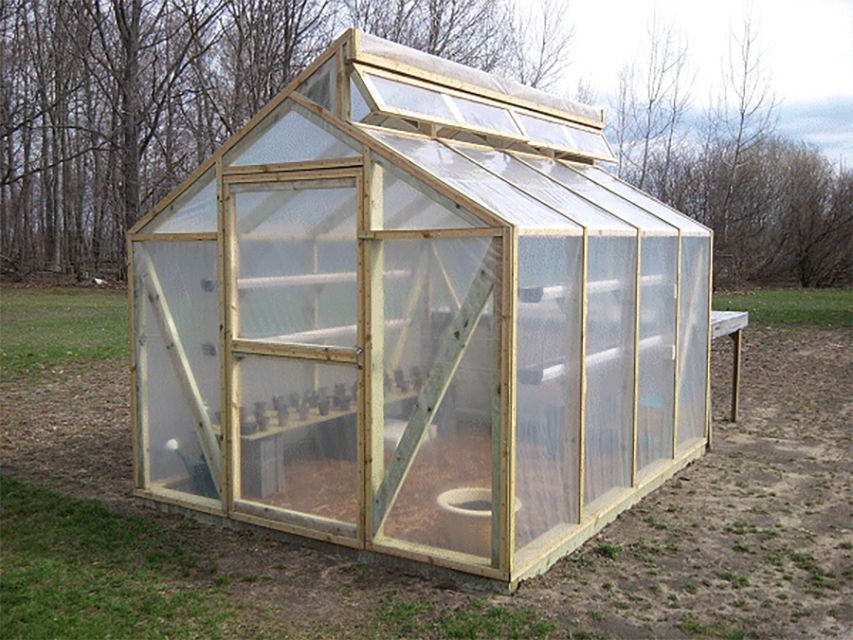DIY Solutions for a Mosquito-Free Home and Yard: Proven Methods That Work
Understanding Mosquito Behavior and Why DIY Control Works
Controlling mosquitoes around your home and yard is possible with a combination of elimination, prevention, and targeted repellents. Mosquitoes are attracted to standing water and dense vegetation, where they lay eggs and rest during the day. By addressing these factors, you can significantly reduce their population and nuisance level on your property. DIY mosquito control is effective because it targets both the breeding environment and the adult insects, using accessible materials and methods that are safe for homes and families [3] .
Eliminating Breeding Sites: Your First Line of Defense
The most critical step in mosquito control is removing or treating sources of standing water. Mosquitoes need only a small amount of stagnant water-such as that found in clogged gutters, birdbaths, old tires, buckets, or even plant saucers-to lay hundreds of eggs. Regularly inspect your property and:
- Drain water from containers like buckets, wheelbarrows, and children’s toys.
- Clean clogged gutters and downspouts to prevent water accumulation.
- Fill holes or low-lying areas with sand or gravel to prevent puddles from forming.
- Refresh birdbaths and pet water bowls every 2-3 days.
If you find standing water that cannot be emptied (such as ornamental ponds), you can use Bacillus thuringiensis israelensis (Bti) -a safe biological larvicide available in donut or granule form. This product is effective for up to 30 days and is commonly found at garden centers and home improvement stores [3] .
Natural Repellents and Plant-Based Solutions
Many plants and natural products can help deter mosquitoes and reduce their numbers around your home. For example, rosemary, mint, basil, and catnip (Nepeta cataria) are known to emit scents that mosquitoes dislike. Plant these herbs in pots near windows, doorways, and outdoor seating areas for added protection and culinary use [2] . Studies have shown catnip oil to be especially potent, sometimes outperforming synthetic repellents like DEET in short-term tests [5] .
For immediate indoor relief, try placing sliced lemons studded with cloves in small dishes around rooms. This simple method creates an aroma that is unpleasant to mosquitoes, offering short-term protection in confined spaces [2] .
DIY Mosquito Repellent Sprays and Candles
Homemade sprays can be made using natural oils that have been shown to repel mosquitoes. For a basic DIY repellent, combine the following in a spray bottle:

Source: etsy.com
- 1/2 cup water
- 1/2 cup witch hazel or rubbing alcohol
- 10-15 drops of essential oil (citronella, lemongrass, eucalyptus, lavender, or catnip)
Shake well before each use and spray on exposed skin (avoiding eyes and mouth) or around doorways and windows. For outdoor gatherings, citronella candles can provide up to 50% extra protection when used properly. Ensure candles are placed upwind and near seating areas for best results [5] .
Another proven homemade solution involves crafting long-burning candles from vegetable shortening (like Crisco) in a five-gallon bucket. These candles can attract and trap mosquitoes over several weeks, providing ongoing protection for large outdoor spaces [1] . Ensure that any open flame is monitored and kept away from flammable materials.
Mosquito Traps: DIY Approaches for Outdoor Control
Mosquito traps can be built with common household items. One effective design uses a plastic bottle cut in half, filled with a mixture of sugar, water, and yeast. The yeast produces carbon dioxide, which attracts mosquitoes. Once inside, mosquitoes cannot escape and eventually drown. Place these traps in shaded areas around your yard, and refresh the mixture every 1-2 weeks for ongoing control [2] .
For larger areas, consider using a bucket trap with a homemade candle (as described above) or a fan-based trap that pulls mosquitoes into a mesh bag. These solutions offer non-chemical, sustainable mosquito reduction with materials you likely already have at home [1] .
Physical Barriers and Habitat Modification
Physical barriers are among the most reliable ways to keep mosquitoes out of your living spaces. Install tight-fitting window and door screens to prevent entry, and consider using mosquito netting over beds, especially in high-risk areas or for young children. For outdoor living, screened-in porches and gazebos offer the best protection without chemicals [2] .
Regularly trim tall grass, shrubs, and weeds to reduce mosquito resting sites. Remove excess vegetation and maintain tidy landscaping to make your yard less attractive to mosquitoes [4] . This approach also helps with the effectiveness of other DIY control methods.
Alternative and Advanced DIY Solutions
If you still have mosquito problems after basic steps, consider these additional strategies:

Source: etsy.com
- Garlic spray: Blend fresh garlic with water, strain, and spray on plants and outdoor surfaces. The odor fades quickly to humans but lingers as a deterrent to mosquitoes [2] .
- Camphor: Place camphor tablets in bowls of water and leave them in rooms with doors and windows closed for 20 minutes. Do not enter during this period, as camphor vapors are potent and should not be inhaled directly.
- Insect growth regulators: Methoprene products, available at garden stores, prevent mosquito larvae from maturing and are safe for use in ponds and ornamental water features [3] .
For severe infestations, commercial products like foggers, sprays, and misting systems are available. Always follow the manufacturer’s instructions and observe safety precautions, keeping children and pets away from treated areas until they are safe [4] .
Potential Challenges and Solutions
DIY mosquito control requires consistency and vigilance. You may face challenges such as rain refilling containers, neighbors with untreated yards, or persistent breeding sites you cannot control. In these cases, coordinate with neighbors to address shared environments and consider contacting your local cooperative extension office for additional guidance or community-wide control programs. For more complex or large-scale problems, professional pest management may be needed.
Summary and Next Steps
DIY mosquito control is a practical and effective approach when you combine elimination of breeding grounds, use of natural repellents, physical barriers, and community cooperation. Revisit your yard regularly, refresh repellents, and adapt strategies as needed. For further guidance, consult your local cooperative extension, garden center, or public health department. These agencies can provide additional resources and recommendations tailored to your region and mosquito species.
References
- [1] YouTube (2024). MOSQUITO CONTROL THATS GUARANTEED TO WORK (THE…)
- [2] MosquitoNix SA (2022). These 10 Simple Home Remedies For Mosquito Control That Actually Work.
- [3] Texas A&M AgriLife Extension (2010). Do-it-yourself Backyard Mosquito Control.
- [4] DIY Pest Control (2020). How to Get Rid of Mosquitoes – DIY Pest Control.
- [5] Healthline (2014). 10 Natural Mosquito Repellents: What Works.
MORE FROM hotondeals.com













